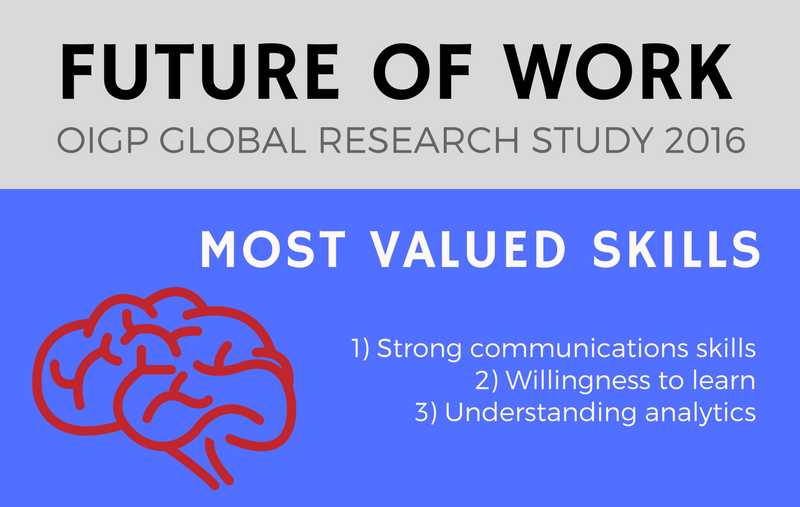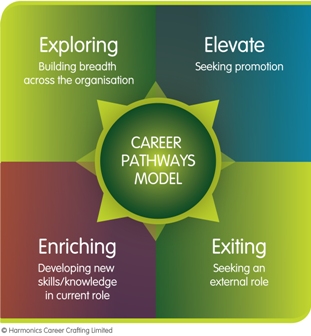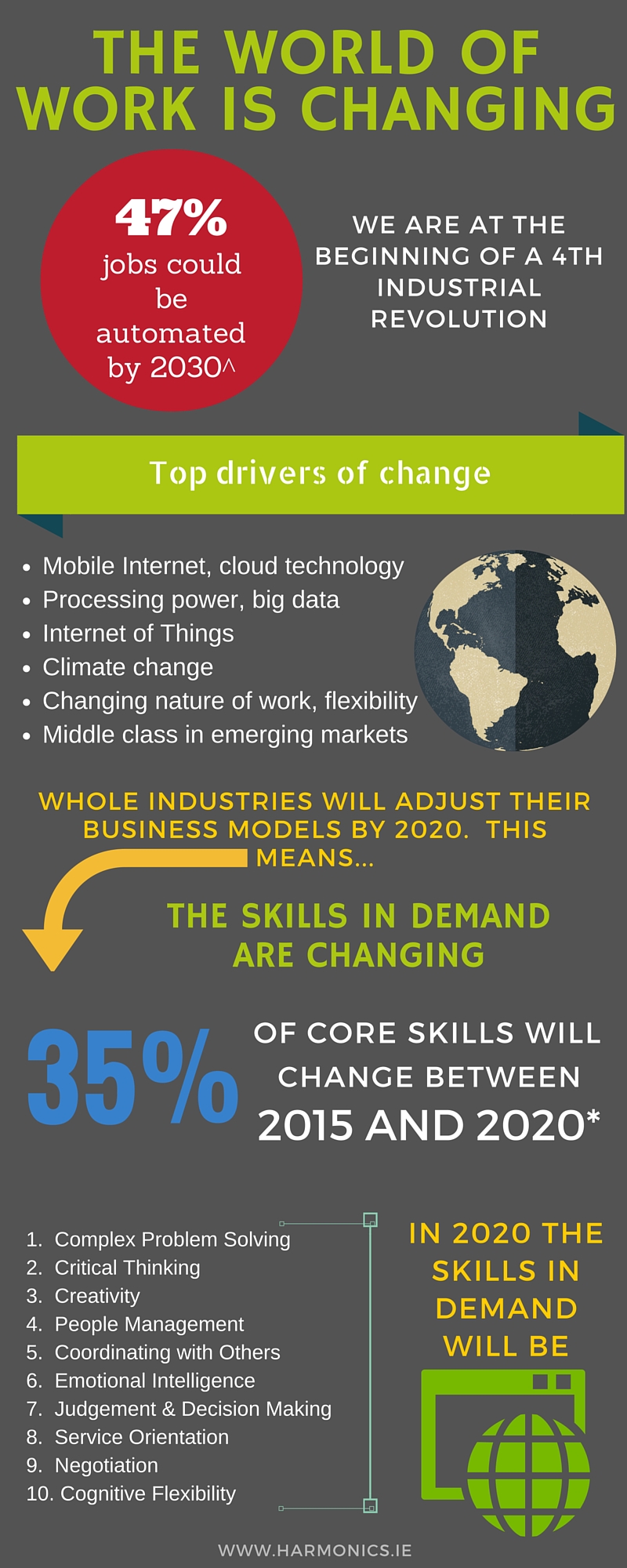Do you want to break Free?
It’s that time of year when unrealised ambitions come to the fore in people’s minds. It reminds me of that great Queen song “I want to break free!” Freedom is something we all wanted in our teenage years; to carve our own path in life. But, for the majority of us, we adapted, followed our parents, teachers or friends career advice and followed the most secure route.
I meet so many people in my career transition coaching sessions who tell me they would love to have a go and start their own enterprise at some stage in their life, but something always holds them back.
So what really holds us back from breaking free and having a go at a start-up? Here are the most common reasons I hear in coaching sessions. But as someone who struggled with many of these issues until I started Harmonics when I was 40, I have also added remedies that may help you overcome them:
Here are my top ten reasons why people fear a start-up and how to overcome them
- Working alone – We usually work in collegiate work environments where we have work friends, someone to chat about the weekend, the game, personal issues, the new hair colour, the boss, the economy. We are social creatures for millions of years and have always thrived in little communities – so the idea of a lonely start up can feel too isolating for many. Remedy – Co-working spaces are now freely available in almost every town and city where you can share low cost office facilities and ideas with like-minded business start-ups.
- Why would anyone listen to me? – While we may have a new business idea, we tend to be strongly influenced by ‘group think’. We doubt if what we have to say is truly different or worth listening to. It requires a level of self-worth and single-mindedness to say what you believe and to stand out from the crowd. Remedy – Once upon a time only the influential in society, like doctors, solicitors and clerics, had a voice. Now, due to the growth of social media, information has become democratised and everyone has the opportunity to influence. Join a LinkedIn group of your choosing, start your own blog and create a dent in the universe and you will create followers who want to listen to what you have to say.
- I need a certain standard of living – You have worked long and hard to get to this level of income and fear putting your family under pressure should you fail and run out of money. Remedy – You do need a trusted personal financial advisor to know exactly what you and your spouse/partners appetite is to financial risk. There are no guarantees with a start-up, so for anyone starting up a new business it is important to have a financial plan to give you peace of mind on how much you really do need – you could be surprised.
- Leaving the uncomfortable comfort zone – There is something about the comfort zone that will always say “it is just not worth the effort”. Even though it may be quite uncomfortable where you work and what you do, when we talk about moving away from it, we become scared and often freeze. Remedy – If you are unhappy in what you do now, it is extremely unlikely to improve anytime soon. Make a decision to move toward goals that motivate you. Yes, it will take you out of your comfort zone and it may take longer than you expected, but it will move you in the right direction rather than plateauing in a role that is not your future.
- I don’t know about financial accounts for running a business – When we work for a company our salary is paid into our account each month, so having to look after our own finances in business is all new. Remedy – We have spoken about having a personal financial advisor but you also need the support of a good accountant. The great ones will have supported many other people just like you so choose wisely and make sure you get the right fit.
- I’m over 50 and too old for a start-up – Over 50’s sometimes fear that they are too old to start a new business venture and worry that they are not tech-savvy enough for the future world of work. Remedy – It is interesting to see that a study funded by the Kauffman Foundation surveyed 500 successful high growth founders. Against all stereotypes, it was found that twice as many successful entrepreneurs are more than 50 as under 25. So life experience is more valuable than you might at first think.
- What if it doesn’t succeed – There is always the fear of it not working out and everyone knowing. At work it’s easier to cover up a mistake as it’s not out there for everyone to see. We’re negatively biased and our ancestors survived attack with one priority – Safety First! When faced with a difficult choice, we will often choose the safer option. Remedy – Once you have made the decision to start your new venture, there can be no turning back. You have to commit to be successful in life, business or sport. With commitment comes the power of focus and intensity required to get you closer to your goals. Commitment is easier when you have a “why” that comes from within. People who don’t succeed in business usually have a plan B should things not work out so they don’t fully commit. In business, it’s got to be all or nothing, you have to take the leap of faith and back yourself no matter what.
- It will take too long to get it off the ground – It’s true, it can take a long time to get a start-up off the ground and this can deter people from committing to a new venture. Remedy – Start-ups require patience and perseverance. You need to be in it for the long haul. It is a known fact that many new start-up enterprises give up too early. This is why diets don’t work long term, the novelty wears off and it is just easier to go back to what we know. The bigger win is succeeding and becoming your own boss, if this is what you really wanted in the first place, because nothing else will ever fully satisfy you.
- My spouse or partner won’t let me – This is a very common barrier we come across especially when people over 50’s get access to a healthy severance package that they want to direct into a new start-up idea. Remedy – While it important to have the support of your family, it is often the case that you have to back your own gut instinct. You are an expert on you; surround yourself with at least five people who have experience in starting up a new business. The people you choose to surround yourself with will be critical, especially during a challenging time, as they will act as your personal boardroom. You may need to form a new network because you are now in a new business and not an employee anymore.
- Someone tells you it is a mad idea and it won’t work –This is where you have this new business idea and you begin to believe it could work. Then you share the idea with your partner, or friend and they tell you a thousand ways why it will never work. Remedy – Firstly, I only take advice from those who have started a business before because they advise having been down that road. Secondly, adopt the Walt Disney approach. He used a three dimensional view to assess his new business idea that become a global empire; the dreamer (creating a vision), the realist (how it would work) and the critic (what could go wrong). Don’t ever allow anyone to pour cold water on your idea unless it has been fully explored in a balanced way. Allow facts to replace opinions.
If any of the above 10 reasons have held you back from setting up your own enterprise, I hope the ensuing advice has given you the confidence to continue on your journey. But pay attention!
Start-ups fail every day
There has been plenty of research on why start-ups fail. A study by CBI Research on 101 start-ups identified the top 20 reasons start-ups fail. The number one reason cited by 42% of those surveyed was that there was no market need for the product or service! The big lesson here is that thorough market research is essential. Spend time making sure your product or service offering is unique and is right for the right market. The old adage of fail to plan, plan to fail.
ISAX
There were never as many supports for those seeking to explore a start-up. The ISAX ingenuity-accelerator-programme is a great example of an innovative new programme now available to would-be entrepreneurs who have an idea, are aged over 50 and would like professional support and advice and a network of like-minded people on a similar start up journey.
We have only one chance at life
The reality is we will all be living and working longer. The second half of our lives, from 50 on, can be the most rewarding time in our lives but only if we are brave enough to re-evaluate what we have to offer, face our fears, have a right good go at life and not have any regrets. We only have one life so why not realise our dreams before it really does become too late.
Enjoy the roller coaster ride
I have been involved in three business start-ups and I was given great advice when starting Harmonics by a business mentor. He said “enjoy the roller coaster ride”. It has been just that; the highs have been remarkable, memorable and unforgettable experiences I never experienced before in my life. The downs have served to teach me to never get carried away with myself. They also taught me to adapt our products or services to meet the continually changing market needs. But one thing I did learn was that I had a lot more capability and potential than I ever thought possible because I did have a go!












